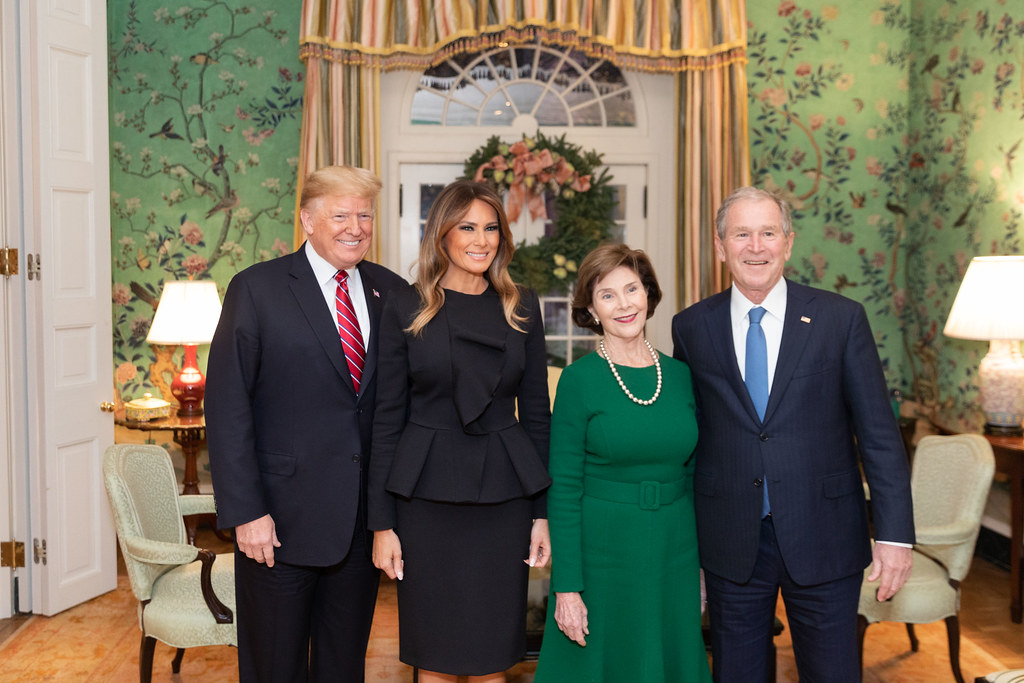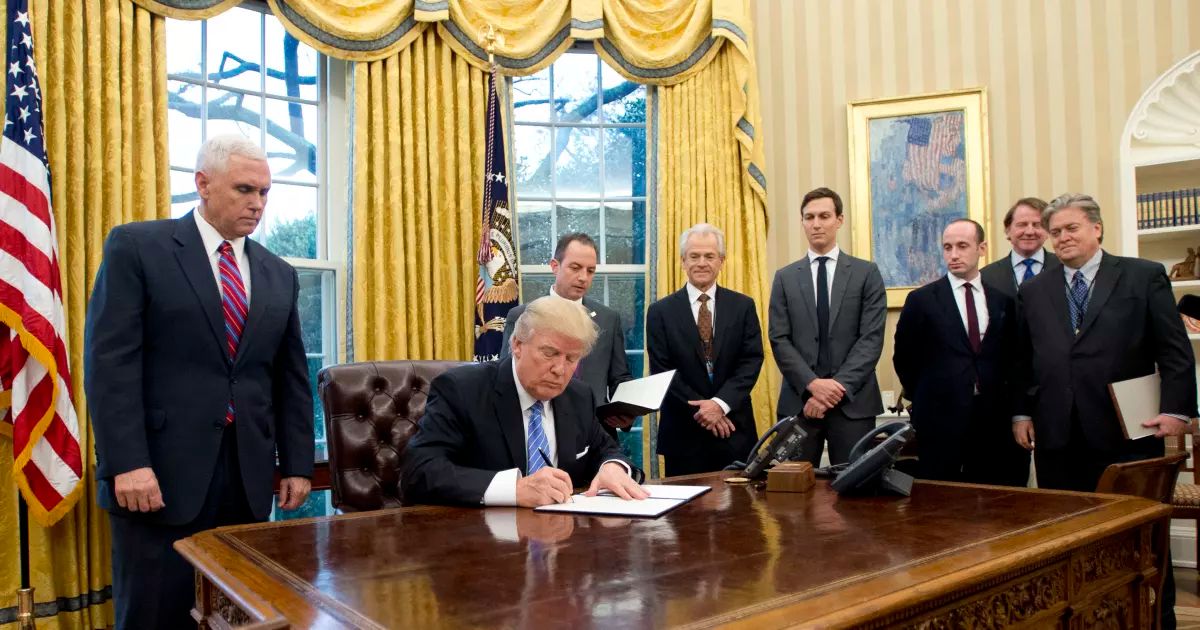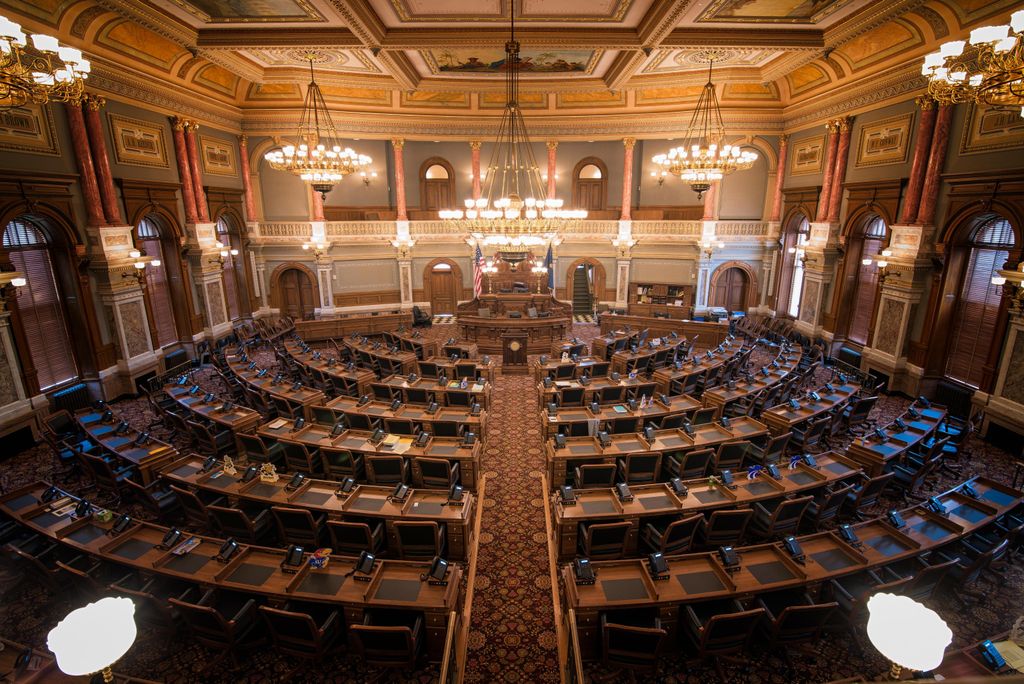
A dramatic outburst from former President Donald J. Trump on social media on Saturday night abruptly detonated hours of tense negotiations in the Senate, bringing to an acrimonious halt a deal that sought to confirm dozens of his pending nominees. The digital directive, disseminated via his Truth Social platform, witnessed the former president instruct Senate Minority Leader Chuck Schumer, a Democrat from New York, to “GO TO HELL!” This forceful declaration ultimately sent lawmakers home for recess without reaching the anticipated bipartisan agreement.
Instead of finding a pathway to vote on as many as 60 of the president’s nominees, many of whom had already moved through committee with bipartisan support, the Senate adjourned in disarray. Only seven nominees were rapidly voted on before the chamber concluded its session until September. The swift collapse of these high – stakes discussions underscored the profound partisan divisions continuing to grip Washington.
Central to the breakdown was a specific, high – profile confirmation that did manage to break through the gridlock: the approval of Jeanine Pirro as the U.S. Attorney for the District of Columbia. Confirmed by a vote of 50 – 45, the former Fox News personality and New York judge had been serving in an acting capacity since May. Her appointment, however, drew fierce opposition from Democrats, with Representative Jamie Raskin (D – MD) expressing concerns in a letter to Senate leadership that she would be a “partisan tool” for the White House.

President Trump’s lengthy social media post, which effectively derailed the fragile progress of the negotiations, was filled with accusations directed at Senate Minority Leader Chuck Schumer. Trump alleged that Schumer was “demanding over One Billion Dollars in order to approve a small number of our highly – qualified nominees.” The former president characterized this demand as “egregious and unprecedented” and unequivocally labeled it “political extortion, by any other name.”
His instructions to Republican senators were equally unambiguous and laced with characteristic admonition. Trump urged his party members not to accept the proposed offer, advising them to “Go home and explain to your constituents what bad people the Democrats are, and what a great job the Republicans are doing and have done for our Country.” He concluded his missive with a call for a “great RECESS and MAKE AMERICA GREAT AGAIN!!!” This direct intervention, coming just as Senate leaders believed they were nearing a long – sought agreement, profoundly blindsided negotiators and plunged the entire Senate into disarray.
Senate Minority Leader Chuck Schumer, standing later on the Senate floor next to a poster – sized reproduction of the president’s incendiary post, treated Trump’s move as a victory for Senate Democrats. He countered the former president’s narrative by asserting that it was Trump himself who had abandoned the negotiations. Schumer highlighted that he and Senate Majority Leader John Thune, a Republican from South Dakota, had diligently worked toward a bipartisan solution, conditional on the White House and Senate Republicans meeting their stipulated demands.
Schumer lamented the abrupt cessation of talks, stating, “He took his ball and went home, leaving Democrats and Republicans alike wondering what the hell happened.” The Democratic leader emphasized that “Trump’s all – caps Tweet said it all,” and further characterized the president’s actions as a sudden abandonment: “In a fit of rage, Trump threw in the towel, sent Republicans home and was unable to do the basic work of negotiating.” While Schumer refrained from detailing the specifics of his demands, he firmly charged that any potential changes to Senate rules in response to this standoff would constitute a “huge mistake,” and instead implored Trump to collaborate with Senate Democrats in the future.
Read more about: Fact Check: Unmasking the ‘Damar Hamlin Body Double’ Conspiracy – A Thorough Examination of Baseless Claims

For weeks leading up to this dramatic confrontation, President Trump had been consistently demanding that Republicans forgo their recess and systematically proceed with the confirmation of his nominees. His declared fury, however, appears to have ultimately unraveled any semblance of a deal that had been on the table. The former president’s uncompromising stance, evident in his public admonitions, suggested a strategy rooted in demanding full compliance rather than incremental compromise.
The now – collapsed deal had been the culmination of marathon talks involving Senate Majority Leader John Thune, Minority Leader Chuck Schumer, and the White House. Both parties had initially harbored hopes of finalizing a comprehensive package that would simultaneously green – light Trump’s nominees while also addressing Democrats’ demands concerning critical funding. These demands specifically centered on the unfreezing of billions in National Institutes of Health and foreign aid funding, in addition to a future agreement from the White House that no further “clawback packages” — legislative initiatives to slash federal funding — would be pursued after a recent $9 billion package had already been approved earlier in the summer.
Despite the sudden collapse, there had been a broad consensus among lawmakers that an agreement was genuinely within reach. Senator Thune confirmed that “lots of offers” had been exchanged between him and Schumer throughout the negotiations. He noted, “There were several different times when I think either or both sides maybe thought there was a deal in the end.” However, Thune acknowledged the ultimate failure, stating, “But in the end, we never got to a place where both sides agreed to lock it in.” The differing accounts of the negotiations highlight the deep chasm that ultimately proved insurmountable.
Republicans argued that Senator Schumer had consistently escalated his demands, particularly by linking nominee confirmations to reversals of the President’s proposed spending clawbacks. Senator Markwayne Mullin, a Republican from Oklahoma, accused Schumer of going “too far” by continually increasing the price tag on his demands. Mullin stated, “We’ve had three different deals since last night,” emphasizing a pattern: “And every time, it’s been ‘I want more.’” He also indicated that Trump’s dramatic social media post did not catch the GOP by surprise, underscoring the White House’s deep involvement in the negotiations from their inception.
Conversely, Senate Democrats maintained that their core offer never wavered. They asserted that Republicans, in turn, kept increasing the number of nominees they sought to push through, and even attempted to include more controversial, partisan picks within the proposed package. Schumer’s perspective was echoed by other Democrats, who viewed the breakdown as the President’s unwillingness to engage in good – faith negotiation, rather than an escalation of demands on their part. This divergence in narratives underscored the fundamental distrust between the two political factions.
Senator Mullin offered a candid assessment of the underlying dynamics from a Republican viewpoint. He suggested that, at a certain point, it became apparent that it “was never about making a deal.” Instead, Mullin posited, the Democratic objective was to portray the President as “unrealistic,” thereby positioning him as incapable of reaching an agreement in the manner of previous administrations. This accusation pointed to a more profound political maneuvering at play, beyond the immediate legislative stalemate.
This recent standoff is far from an isolated incident; it represents merely the latest escalation in a decades – long struggle over judicial and executive branch confirmations within the Senate. The confirmation process has become increasingly fraught, with the minority party frequently leveraging its procedural tools to slow – walk nominees. Indeed, Democrats had been deliberately slow – walking Trump’s lower – level nominees, compelling Senator Thune to keep the Senate in session for extended periods, including a rare weekend session, to facilitate their confirmation. In their minority status, Democrats possess the procedural power to impose time – consuming hurdles before the chamber can even vote on a nominee, turning each confirmation into a grueling process that can extend for hours or even days.

The history of Senate rule changes further illuminates the escalating nature of these confirmation battles. Since 2013, both parties have progressively altered Senate rules, incrementally eroding the traditional 60 – vote threshold required for nominees. In 2013, Democrats initiated a significant change for lower – court judicial nominees, eliminating the 60 – vote requirement in response to Republican obstruction of President Barack Obama’s judicial picks. Subsequently, in 2017, Republicans followed suit, applying the same rule change to Supreme Court nominees when Democrats attempted to block President Trump’s nomination of Justice Neil Gorsuch. This tit – for – tat escalation has fundamentally altered the mechanics of the confirmation process, making it increasingly partisan and contentious.
With the Senate now adjourned until September, Republican leaders are already signaling their intent to pursue a significant rule change to the confirmation process upon their return. Senator Thune, lamenting the current state of affairs, expressed his belief that the Senate rules are “desperately in need of change.” He underscored that “the last six months have demonstrated that this process, nominations, is broken,” adding, “And so I expect there will be some good, robust conversations about that.” This foreshadows yet another potential clash over Senate procedural reforms, which could have far – reaching implications for future administrations.
Senator Schumer, however, issued a sharp warning against any unilateral rule changes, emphasizing the critical need for Democratic votes to fund the government in the fall. He cautioned that such a move would be a “huge mistake,” recognizing the interdependencies within the legislative process. Schumer forcefully asserted that “Donald Trump tried to bully us, go around us, threaten us, call us names, but he got nothing,” reinforcing the Democratic resolve to resist what they perceive as strong – arm tactics.
Read more about: Beyond the Coasts: Why Four Dynamic Sunbelt Cities Are Redefining America’s Economic Future

Adding another layer of complexity to this political theater is the broader electoral landscape shaping the current power dynamics in Washington. Polling data suggests a robust performance by Donald J. Trump, particularly in the critical Midwest region. This positive trend for the former president contrasts with Kamala Harris’s inability to create significant distance from Trump, especially in countering what is described as an underestimated Trump vote. Recalling the 2020 election, when Joe Biden held a lead of several points in its waning weeks yet only narrowly secured victory, winning Pennsylvania by a mere 80,000 votes, the current political climate presents a challenging scenario for Democrats. Trump, in 2020, required only 46,000 additional votes to secure re-election, making Harris’s current two-to-three-point lead appear precariously thin.
The latest polling data further underscores Trump’s strengthened position. CNN’s poll of polls indicates a nearly 70 percent chance for Donald Trump to win the 2024 election, specifically citing a 68.4 percent likelihood compared to Kamala Harris’s 30.9 percent. A CNN Senior Data Reporter even presented a map illustrating what the electoral college outcome would resemble if the polls were off to the same degree as they were in 2020, projecting 312 electoral votes for Donald Trump. This backdrop of perceived electoral strength may embolden the former president’s assertive tactics in legislative negotiations, as he is confident in his political leverage.
Compounding the Democratic challenge is the glaring underperformance by Kamala Harris among core Democratic voter groups. She is described as “woefully underwater with union voters,” with projections indicating that she could be the worst-performing Democrat in a generation among this crucial demographic. Furthermore, her performance among Black and Jewish voters is noted as “grossly underperforming.” While acknowledgments are made that she might be performing better than Joe Biden in some crosstabs, the assessment starkly notes that “having a pulse isn’t a high benchmark.” This vulnerability within key voter segments provides a complex context for Democratic negotiating positions, potentially limiting their flexibility.
The extraordinary events of Saturday night have left the Senate grappling with an unresolved legislative standoff, a pile of unconfirmed nominations, and a clear signal of increasingly entrenched partisan warfare. The raw exchange, punctuated by the former president’s unequivocal directive, not only brought immediate negotiations to a screeching halt but also cast a long shadow over the legislative calendar ahead. As lawmakers scatter for their recess, the echoes of the fiery rhetoric linger, setting a contentious tone for their return in September. The path forward for governance, particularly concerning essential functions like funding the government, appears fraught with peril, demanding a level of cooperation that currently seems elusive. The Senate now faces the daunting task of navigating this fractured political landscape, where the art of the deal has given way to an uncompromising battle of wills, and the stakes for the nation remain profoundly high.
This dramatic episode serves as a vivid illustration of the deepening fissures within American political discourse, transforming routine legislative processes into battlegrounds for broader ideological and power struggles. The implications extend beyond individual nominees, touching upon the fundamental efficacy of the legislative branch and its capacity to address the pressing needs of the country. As the calendar inches closer to Election Day, the intensity of these confrontations is likely only to escalate, challenging the very mechanisms of bipartisan governance that underpin the nation’s democratic institutions.
Ultimately, the dust-up over nominees, fueled by the former president’s direct challenge to the opposing party, underscores a political environment characterized by high-stakes brinkmanship and an apparent willingness to dismantle established norms. It forces both sides to reconsider their strategies as the legislative clock ticks towards another critical funding deadline in the fall. The coming months will reveal whether compromise can be resurrected from the ashes of Saturday’s explosion, or if the Senate is destined for further procedural battles that may fundamentally alter its operational framework. The trajectory of this ongoing political drama remains uncertain, poised between gridlock and the potential for unprecedented legislative action.


